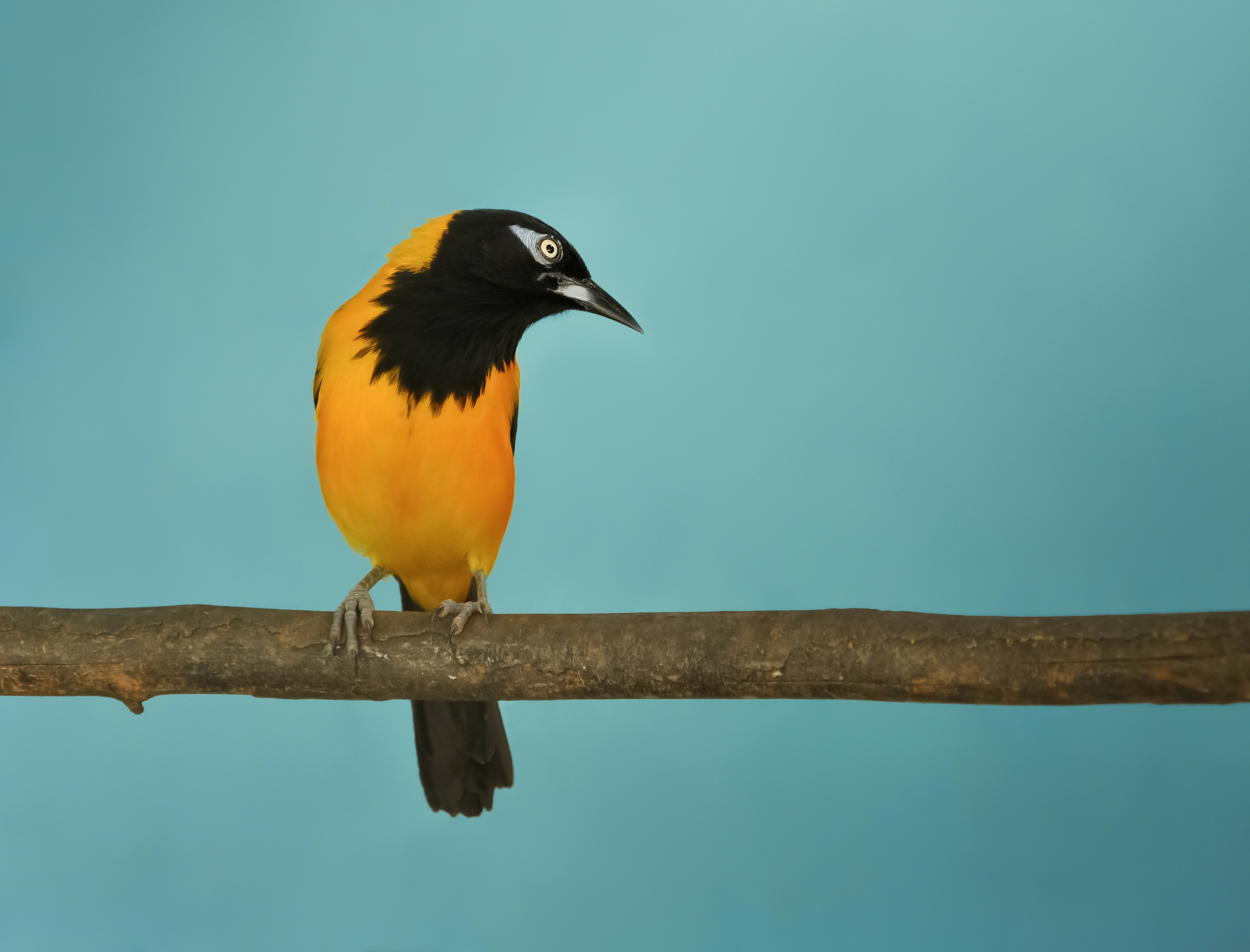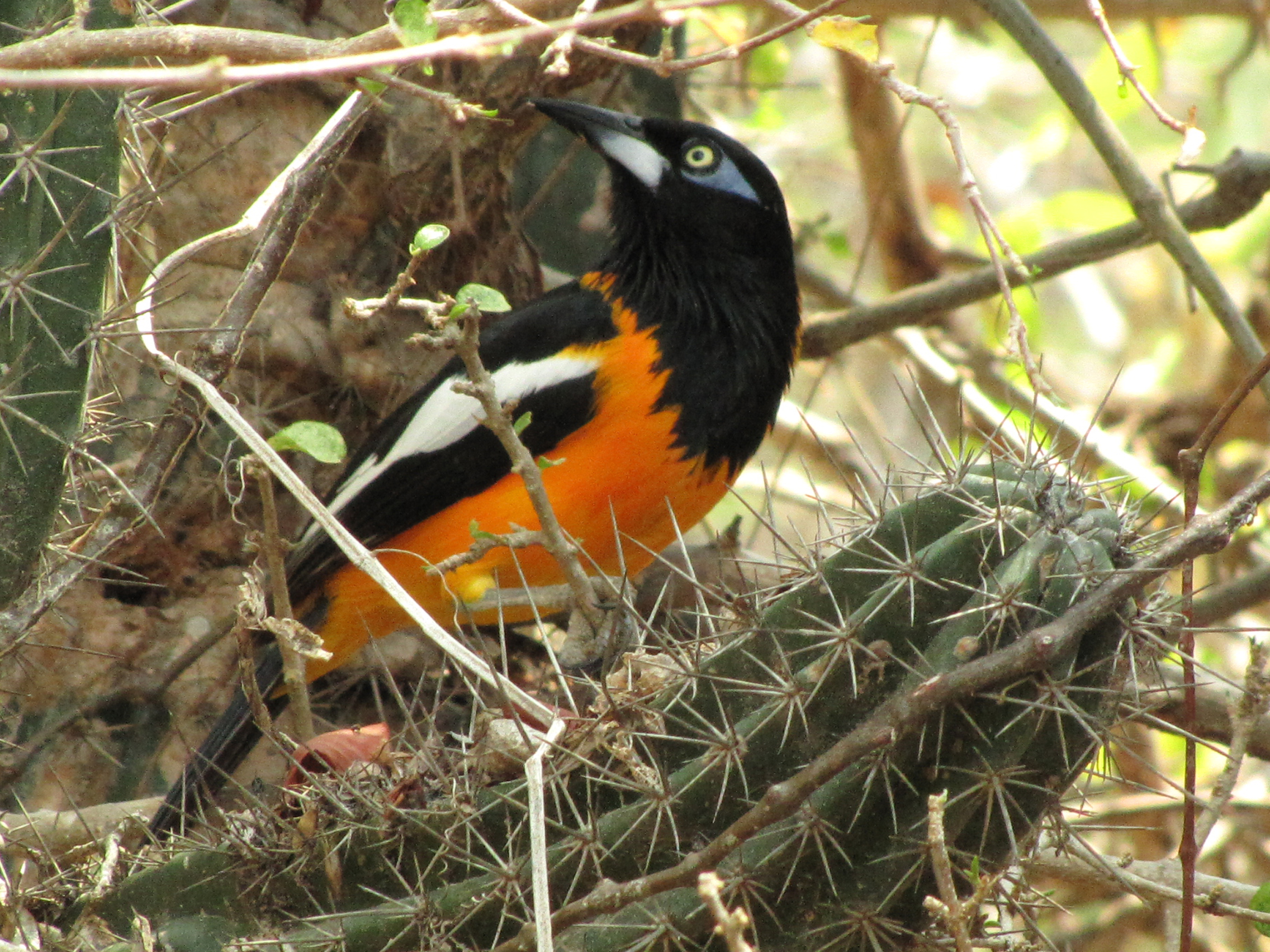|
Fauna Of Venezuela
The fauna of Venezuela consists of a huge variety of animals. Venezuela's diverse wildlife includes manatees, Amazon river dolphins, and Orinoco crocodiles, which have been reported to reach up to in length. Some 23% of reptilian and 50% of amphibian species that inhabit the country are endemic to Venezuela. Overall, around 8,000 species (the world's 5th highest total) are endemic to the country. Venezuela hosts a total of 1,417 bird species, more than 351 mammals, 341 reptiles, 315 amphibians and more than 2,000 freshwater and marine fishes. Invertebrates groups have not been inventoried exhaustively, but among the well known groups there are around 900 species of marine molluscs, 1,600 butterflies, over 120 dung beetles species and 39 species of blowflies.Capelo, Juan C., Buitrago, Joaquín. 1998: Distribución geográfica de los moluscos marinos en el oriente de Venezuela. Memoria de la Sociedad de Ciencias Naturales La Salle, LXIII(150):109-160 Birds There are 1,416 bird s ... [...More Info...] [...Related Items...] OR: [Wikipedia] [Google] [Baidu] |
Animal
Animals are multicellular, eukaryotic organisms in the Kingdom (biology), biological kingdom Animalia. With few exceptions, animals Heterotroph, consume organic material, Cellular respiration#Aerobic respiration, breathe oxygen, are Motility, able to move, can Sexual reproduction, reproduce sexually, and go through an ontogenetic stage in which their body consists of a hollow sphere of Cell (biology), cells, the blastula, during Embryogenesis, embryonic development. Over 1.5 million Extant taxon, living animal species have been Species description, described—of which around 1 million are Insecta, insects—but it has been estimated there are over 7 million animal species in total. Animals range in length from to . They have Ecology, complex interactions with each other and their environments, forming intricate food webs. The scientific study of animals is known as zoology. Most living animal species are in Bilateria, a clade whose members have a Symmetry in biology#Bilate ... [...More Info...] [...Related Items...] OR: [Wikipedia] [Google] [Baidu] |
Venezuelan Troupial
The Venezuelan troupial (''Icterus icterus'') is the national bird of Venezuela. It is found in Colombia, Venezuela, and the Caribbean islands of Aruba, Curaçao, Bonaire, Trinidad, and Puerto Rico. Together with the orange-backed troupial and Campo troupial, it was previously part of a superspecies simply named the troupial that was split. Name The term ''troupial'' is from French ''troupiale'', from ''troupe'' (“troop”), so named because they live in flocks. The Latin name ''icterus'' is from Greek ἴκτερος (''íkteros'', “jaundice”); the ''icterus'' was a bird the sight of which was believed to cure jaundice, perhaps the Eurasian golden oriole. It also had the more general meaning "yellow bird", which is why the name was later given to this South American bird. Description Venezuelan troupials are fairly large in size, with a long tail and a bulky bill. It has a black head and upper breast. The feathers on the front of the neck and upper breast stick outward, m ... [...More Info...] [...Related Items...] OR: [Wikipedia] [Google] [Baidu] |
Black Vulture
The black vulture (''Coragyps atratus''), also known as the American black vulture, Mexican vulture, zopilote, urubu, or gallinazo, is a bird in the New World vulture family whose range extends from the northeastern United States to Peru, Central Chile and Uruguay in South America. Although a common and widespread species, it has a somewhat more restricted distribution than its compatriot, the turkey vulture, which breeds well into Canada and south to Tierra del Fuego. It is the only extant member of the genus ''Coragyps'', which is in the family Cathartidae. Despite the similar name and appearance, this species is unrelated to the Eurasian black vulture, an Old World vulture in the family Accipitridae (which includes eagles, hawks, kites, and harriers). It inhabits relatively open areas which provide scattered forests or shrublands. With a wingspan of , the black vulture is a large bird, though relatively small for a vulture. It has black plumage, a featherless, grayish-bl ... [...More Info...] [...Related Items...] OR: [Wikipedia] [Google] [Baidu] |
Bananaquit
The bananaquit (''Coereba flaveola'') is a species of passerine bird in the tanager family Thraupidae. Before the development of molecular genetics in the 21st century, its relationship to other species was uncertain and it was either placed with the buntings and New World sparrows in the family Emberizidae, with New World warblers in the family Parulidae or in its own monotypic family Coerebidae. This small, active nectarivore is found in warmer parts of the Americas, and is generally common. Taxonomy The bananaquit was formally described by Carl Linnaeus in his landmark 1758 10th edition of ''Systema Naturae'' as ''Certhia flaveola''. Linnaeus based his description on the "black and yellow bird" described by John Ray and Hans Sloane, and the "Black and Yellow Creeper" described and illustrated by George Edwards in 1751. The bananaquit was reclassified as the only member of the genus ''Coereba'' by Louis Jean Pierre Vieillot in 1809. The genus name is of uncertain origin bu ... [...More Info...] [...Related Items...] OR: [Wikipedia] [Google] [Baidu] |
Tepui
A tepui , or tepuy (), is a table-top mountain or mesa found in South America, especially in Venezuela and western Guyana. The word tepui means "house of the gods" in the native tongue of the Pemon, the indigenous people who inhabit the Gran Sabana. Tepuis tend to be found as isolated entities rather than in connected ranges, which makes them the host of a unique array of endemic plant and animal species. Some of the most outstanding tepuis are Auyantepui, Autana, Neblina, and Mount Roraima. They are typically composed of sheer blocks of Precambrian quartz arenite sandstone that rise abruptly from the jungle, giving rise to spectacular natural scenery. Auyantepui is the source of Angel Falls, the world's tallest waterfall. Morphology These table-top mountains are the remains of a large sandstone plateau that once covered the granite basement complex between the north border of the Amazon Basin and the Orinoco, between the Atlantic coast and the Rio Negro. T ... [...More Info...] [...Related Items...] OR: [Wikipedia] [Google] [Baidu] |
William Phelps Ornithological Collection
The William Phelps Ornithological Collection, also known as the Phelps Ornithological Museum, is a museum of natural sciences dedicated to the study, exhibition and preservation of the birds of Venezuela and the rest of Latin America. The collection is located east of Caracas and in the geographic center of Greater Caracas, in the heart of the Sabana Grande district. The William Phelps ornithological collection is the most important in Latin America and it is also the most important private collection in the world in its research area. In this private museum one will find important Phelps family study books, as well as 8000 scientific volumes in the library, more than 83,000 anatomical specimens, more than 80,000 skins, etc. For the year 1990, it was said that the William Phelps Ornithological Collection contained more than 76,300 skins and a small number of anatomical specimens, in the Gran Sabana Building of Sabana Grande. The Phelps library in 1990 already had 6,000 books, ... [...More Info...] [...Related Items...] OR: [Wikipedia] [Google] [Baidu] |
Monagas
) , anthem = '' Himno del Estado Monagas'' , image_map = Monagas in Venezuela.svg , map_alt = , map_caption = Location within Venezuela , pushpin_map = , pushpin_map_alt = , pushpin_mapsize = , pushpin_map_caption = , coordinates = , coordinates_footnotes = , subdivision_type = Country , subdivision_name = Venezuela , subdivision_type1 = , subdivision_name1 = , subdivision_type2 = , subdivision_name2 = , established_title = Created , established_date = 1909 , founder = , named_for = , seat_type = Capital , seat = Maturín , government_footnotes = , government_type = , leader_party = , governing_body = Legislative Council , leader_title = Governor , leader_ ... [...More Info...] [...Related Items...] OR: [Wikipedia] [Google] [Baidu] |
Anzoátegui
) , anthem = '' Himno del Estado Anzoátegui'' , image_map = Anzoategui in Venezuela.svg , map_alt = , map_caption = Location within Venezuela , pushpin_map = , pushpin_map_alt = , pushpin_mapsize = , pushpin_map_caption = , coordinates = , coordinates_footnotes = , subdivision_type = Country , subdivision_name = Venezuela , subdivision_type1 = , subdivision_name1 = , subdivision_type2 = , subdivision_name2 = , established_title = Created , established_date = August 5, 1909 , founder = , named_for = , seat_type = Capital , seat = Barcelona , government_footnotes = , government_type = , leader_party = , governing_body= Legislative Council , leader_title = Governor , leader_name = Antonio Barreto Sira (2016) , ... [...More Info...] [...Related Items...] OR: [Wikipedia] [Google] [Baidu] |
Auyán-tepui
Auyán Tepui (), also spelled Ayan, is a tepui in Bolívar, Venezuela, Bolívar state, Venezuela.Huber, O. (1995). Geographical and physical features. In: P.E. Berry, B.K. Holst & K. Yatskievych (eds.) ''Flora of the Venezuelan Guayana, Flora of the Venezuelan Guayana. Volume 1. Introduction.'' Missouri Botanical Garden Press, St. Louis. pp. 1–61. It is the most visited and one of the largest (but not the highest) tepuis in the Guiana Highlands, with a summit area of and an estimated slope area of . The unevenly heart-shaped summit plateau of Auyán-tepui is heavily inclined, rising from around in the northwest to a maximum of in the southeast. It is incised from the north by a vast valley, the Cañón del Diablo (Devil's Canyon), formed by the Churún River. The larger western portion of the plateau is partially forested, whereas the eastern part comprises mostly bare rock with only patchy vegetation cover. The mountain hosts a number of extensive cave systems. Auyán-te ... [...More Info...] [...Related Items...] OR: [Wikipedia] [Google] [Baidu] |
Fèlix Cardona I Puig
Fèlix Cardona i Puig (Malgrat de Mar, Maresme, February 3, 1903 – Caracas, December 5, 1982) was a Spanish explorer of the Venezuelan Guyana.Fèlix Cardona i Puig Biography The son of Fèlix Cardona i Paradeda and Josefa Puig i Comas, Cardona was educated at the boarding school of Collell and studied later in the Nautical School of Barcelona. He finished his studies in 1922 and embarked on a ship. After a practice trip, he stayed in Venezuela due to his interest in exploration. Later, he returned to and founded a textile factory but had to escape to |
Ernest Thomas Gilliard
Ernest Thomas Gilliard (23 November 1912 – 26 January 1965) was an American ornithologist and museum curator who led or participated in several ornithological expeditions, especially to South America and New Guinea. Gilliard was born in York, Pennsylvania. He began a lifelong association with the American Museum of Natural History (AMNH) in New York in 1932 by working there as a volunteer. In 1933 he was employed there as an assistant and subsequently passed through the full range of promotions to become Curator of Birds in 1963, unexpectedly dying in office two years later, in his 53rd year, of a sudden heart attack. During the 1930s Gilliard was involved in expeditions to Quebec, Newfoundland and Venezuela, and in the 1940s to Brazil, the Philippines and New Guinea. The 1950s saw more expeditions, not only to New Guinea, but also to Nepal and the West Indies. New Guinea, and especially its birds-of-paradise and bowerbirds, kept drawing him back, and he led a total of five exped ... [...More Info...] [...Related Items...] OR: [Wikipedia] [Google] [Baidu] |








